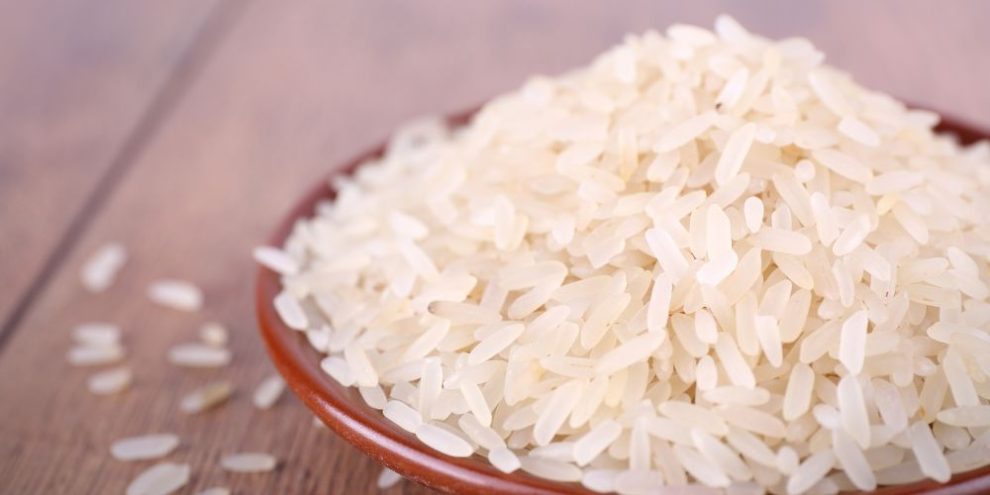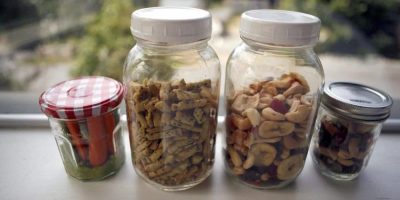
You’ve probably heard the warning: “Don’t reheat rice — it can kill you!”
Dramatic? A little.
But there’s actually some science behind the concern.
Let’s break down what’s really going on, and how to keep your rice safe to eat.
Barrie's News Delivered To Your Inbox
By submitting this form, you are consenting to receive marketing emails from: Central Ontario Broadcasting, 431 Huronia Rd, Barrie, Ontario, CA, https://www.cobroadcasting.com. You can revoke your consent to receive emails at any time by using the SafeUnsubscribe® link, found at the bottom of every email. Emails are serviced by Constant Contact
The hidden danger in cooked rice
The culprit behind the rice scare isn’t rice itself. It’s a bacterium called Bacillus cereus.
This bacterium is naturally found in soil and can contaminate raw rice as spores. Cooking the rice doesn’t always kill these spores, and when the rice is left sitting at room temperature, those spores can “wake up.” They start growing and produce toxins that can make you sick.
What makes Bacillus cereus tricky is that the toxins it produces are heat-resistant. So even if you reheat the rice thoroughly, those toxins won’t break down.
Eating rice contaminated with these toxins can cause food poisoning. The symptoms often include:
- Nausea
- Vomiting
- Diarrhea
And they can start within just a few hours of eating.
For most healthy people, it’s unpleasant but short-lived. However, young children, elderly people, and those with weakened immune systems can face more serious effects.
How long can you leave rice out?
The general rule is to avoid leaving cooked rice at room temperature for longer than 1 to 2 hours. The warmer the environment, the faster bacteria multiply.
In a hot kitchen or on a warm summer day, the window shrinks even more. So if your rice has been sitting out since lunchtime, it’s safest to discard it.
Best practices for storing rice safely
Storing rice properly is simple and makes all the difference. Here’s what you should do:
- After cooking, try to cool rice as quickly as possible. Spreading it out in a shallow container helps speed this up.
- Once it’s cooled, put it in the fridge within an hour.
- Keep rice in airtight containers to prevent contamination and moisture buildup.
- Use it within 3 to 4 days to avoid spoilage.
When you reheat rice, make sure it’s steaming hot all the way through. Avoid just warming it. Thorough reheating helps minimize risk (even though it won’t destroy toxins, it kills other possible bacteria).
Freezing rice: A great option
If you often find yourself with leftover rice, freezing is a great way to keep it safe and reduce waste. Cool the rice quickly, transfer it to freezer-safe bags or containers, and label with the date.
When you’re ready to eat it, thaw rice in the fridge or reheat directly from frozen. Avoid thawing on the counter as that can encourage bacterial growth.
Why you shouldn’t fear rice, but respect it
While it’s important to respect food safety rules, the idea that rice can kill you is a bit of an exaggeration for most people.
The risk exists because Bacillus cereus can cause food poisoning if rice is mishandled, but this is easily preventable with good storage and reheating habits.
If you treat your rice with care (refrigerate promptly, keep it covered, and reheat properly) it’s a safe, versatile staple that you can enjoy every day.
Keeping your rice safe and enjoyable
Rice is a kitchen staple worldwide for a reason … It’s versatile, comforting, and convenient. But as with anything, a little attention to how you handle leftovers keeps your meals safe and tasty.
Remember to cool and refrigerate cooked rice quickly. Don’t leave it sitting out for hours. When reheating, heat it well. And when in doubt, toss it out — food safety always beats food waste when it comes to your health.
RELATED: Is your food still safe after the power outage? Maybe!











